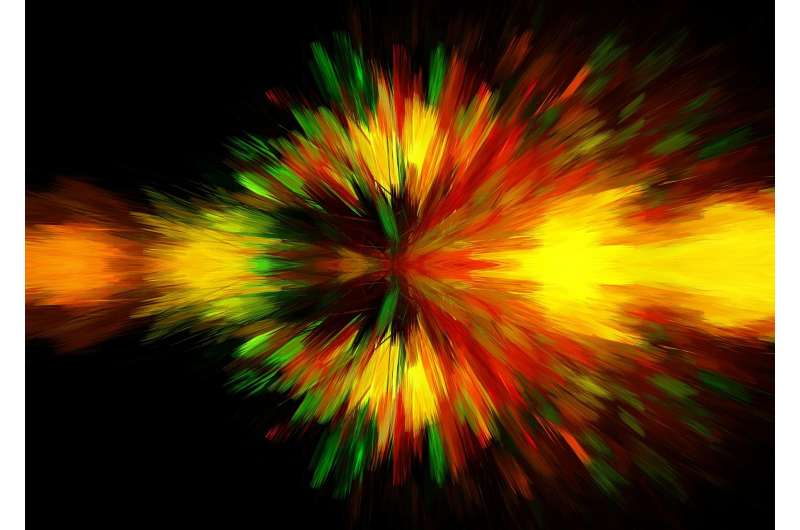Boosting light-based computing

University of Twente spinoff company QuiX is currently developing a photonic chip using the quantum properties of light for carrying out complex calculations. The new chip, of which a first version is already operational, calculates using light, photons, and will be an attractive platform for discovering the potential of quantum computing and for experimenting with new ways of calculating. Further development of the photonics processor will be made possible through an investment by Oost NL, University of Twente and some informal investors.
The power of quantum computers holds great promise. Compared to current computer systems, quantum computers don't work with ones and zeroes exclusively, but also exploit the interference of quantum states. The number of possible states is therefore much higher. This may result in powerful computers capable of dealing with complex problems that can be solved in a parallel way, such as elucidating the full functionality of a molecule, finding the best key for information protection or discovering highly personalized medicine. The expectations may be high, but experiments with new hardware and software are still in their infancy.
Room temperature
QuiX aims at changing this by using the quantum properties of photons. Most of today's quantum computers use qubits as information carriers based on quantum properties of electrons. Qubits, however, only operate at temperatures close to zero Kelvin (-273 degrees Celsius). By using light instead, quantum effects are possible at room temperature.
The photonic chip, for which UT scientists Pepijn Pinkse, Ad Lagendijk, Willem Vos, Klaus Boller and Jelmer Renema founded the company QuiX, is not aiming at the consumer market, but at scientists and industrial R&D, for discovering the potential of quantum computing and developing new applications. Through this joint effort, the founders hope to accelerate the promising technology.
Switching channels
The new company can benefit from a head start. Jelmer Renema, UT scientist and Quix' current chief technology officer, and his colleagues Caterina Taballione and Tom Wolterink, coincidentally discovered that an existing photonic chip could be used for quantum applications, as well. The chip has eight inputs and eight outputs, it conducts light through a number of channels and components like splitters.
The route a photon takes, can be altered externally by switching channels, as in railroads. The actual calculation is done by photons that interfere and interact, for example, via quantum entanglement. The current chip is already one of the largest available in the world, but for serious calculations, 16 inputs and 16 outputs are needed, or even 50 by 50. That means that losses have to be controlled along the way, avoiding photons to be extinguished before they even reach the exit. The waveguides developed in Twente are known for very low losses.
Strong ecosystem
Oost NL, the East Netherlands Development Agency, now invests in QuiX, as well as the University of Twente through Holding Technopolis. Earlier on, RAPH2INVEST invested in the early phase. "The impact quantum computing may have on society is huge. For solving complicated problems, the tools QuiX is now developing form a good starting point," says Marius Prins, the director of Oost NL. "Through this investment, we strengthen the position that the Netherlands, and the Twente region in particular, has in the field of photonics, one of today's key enabling technologies. Innovations may reach markets earlier, thus offering major opportunities for employment in the East of The Netherlands"
Provided by University of Twente




















